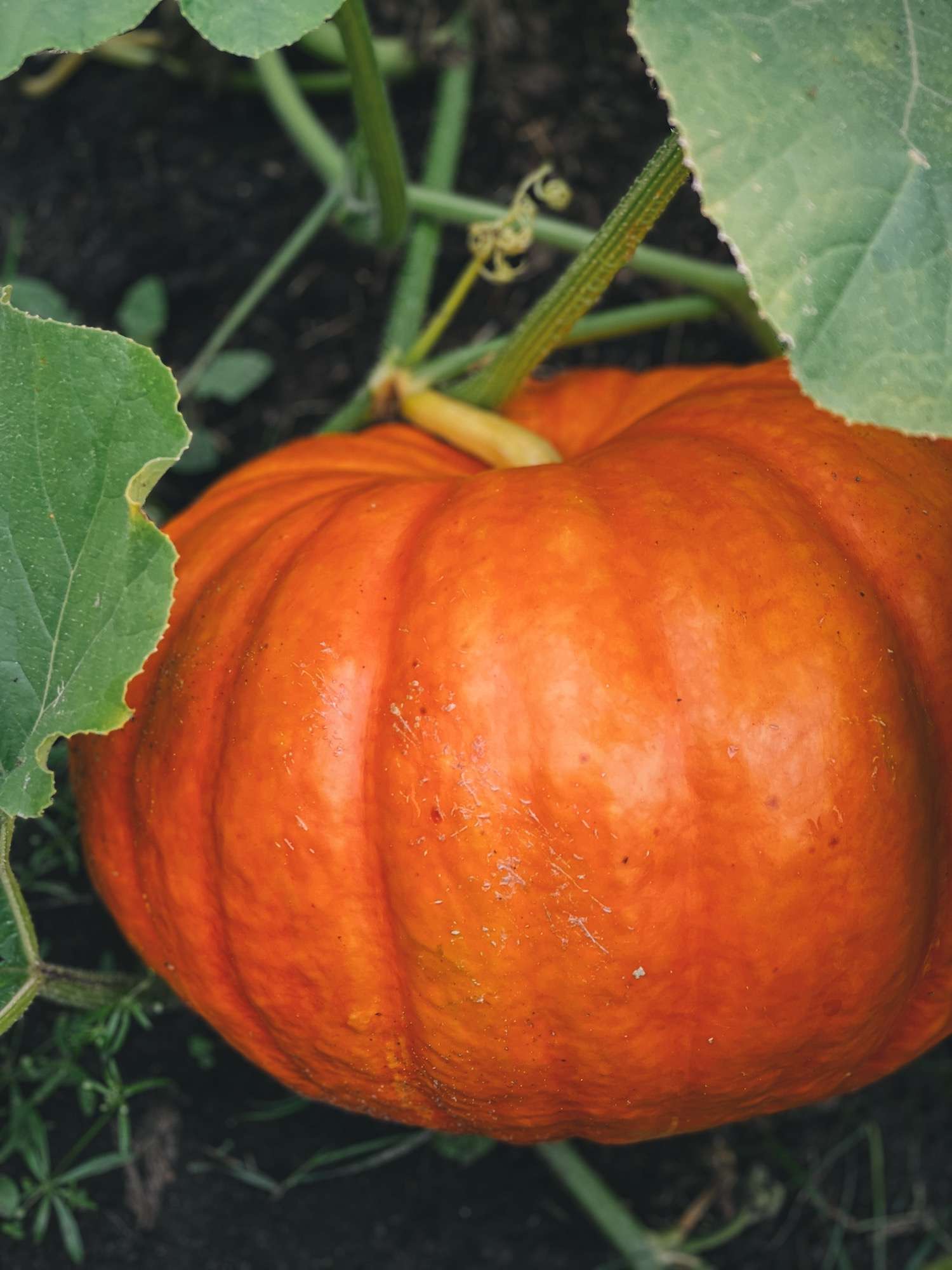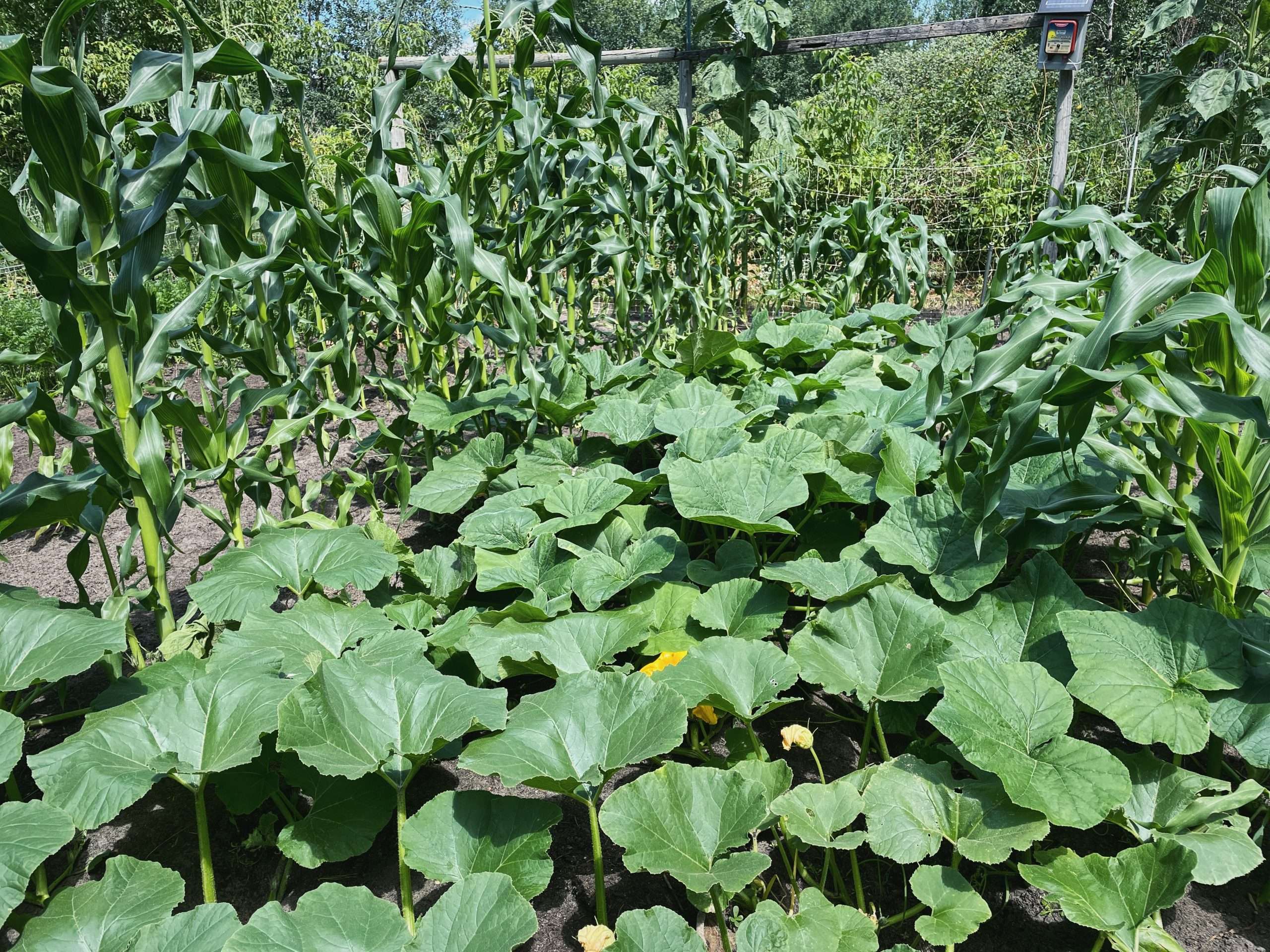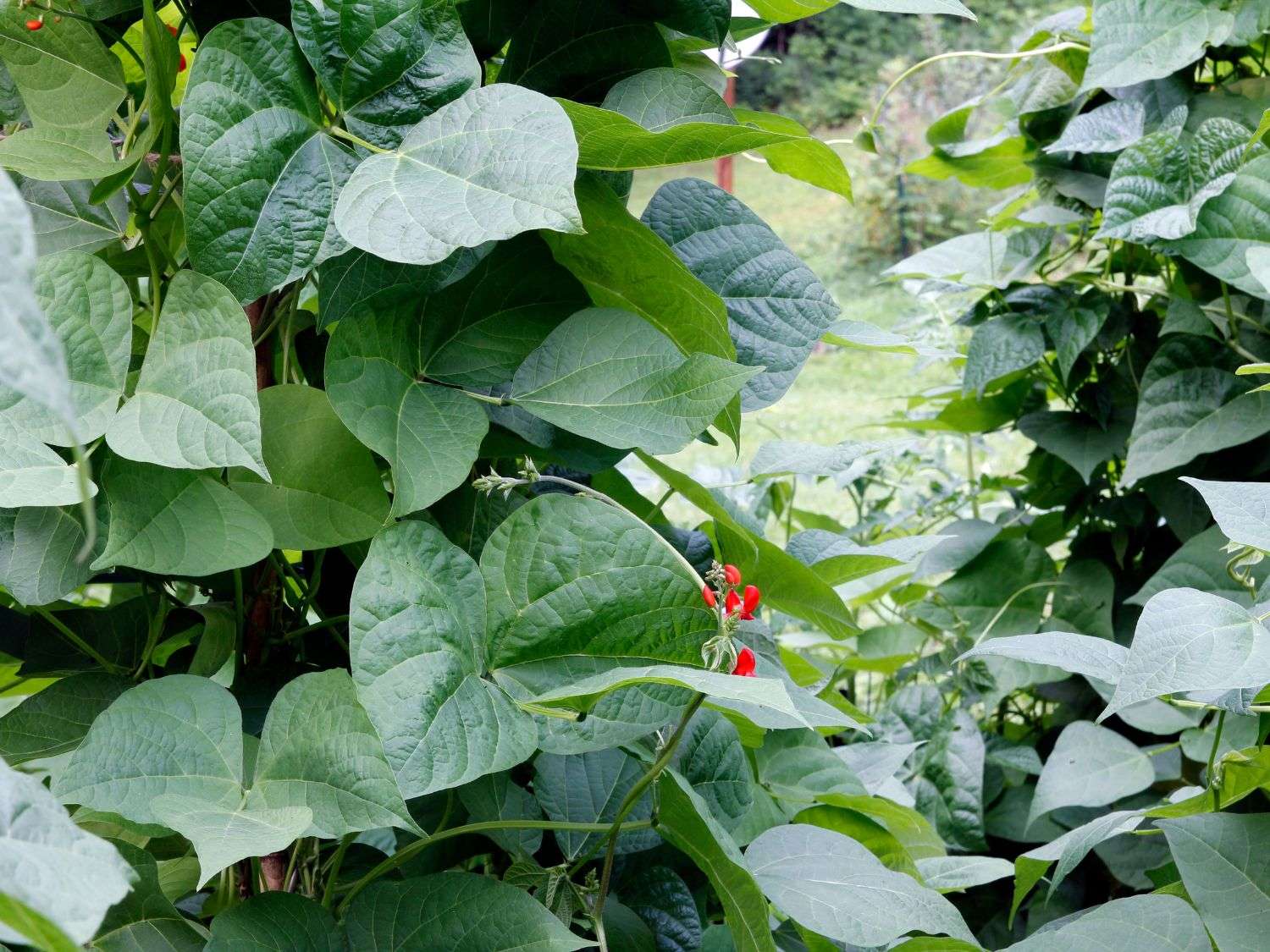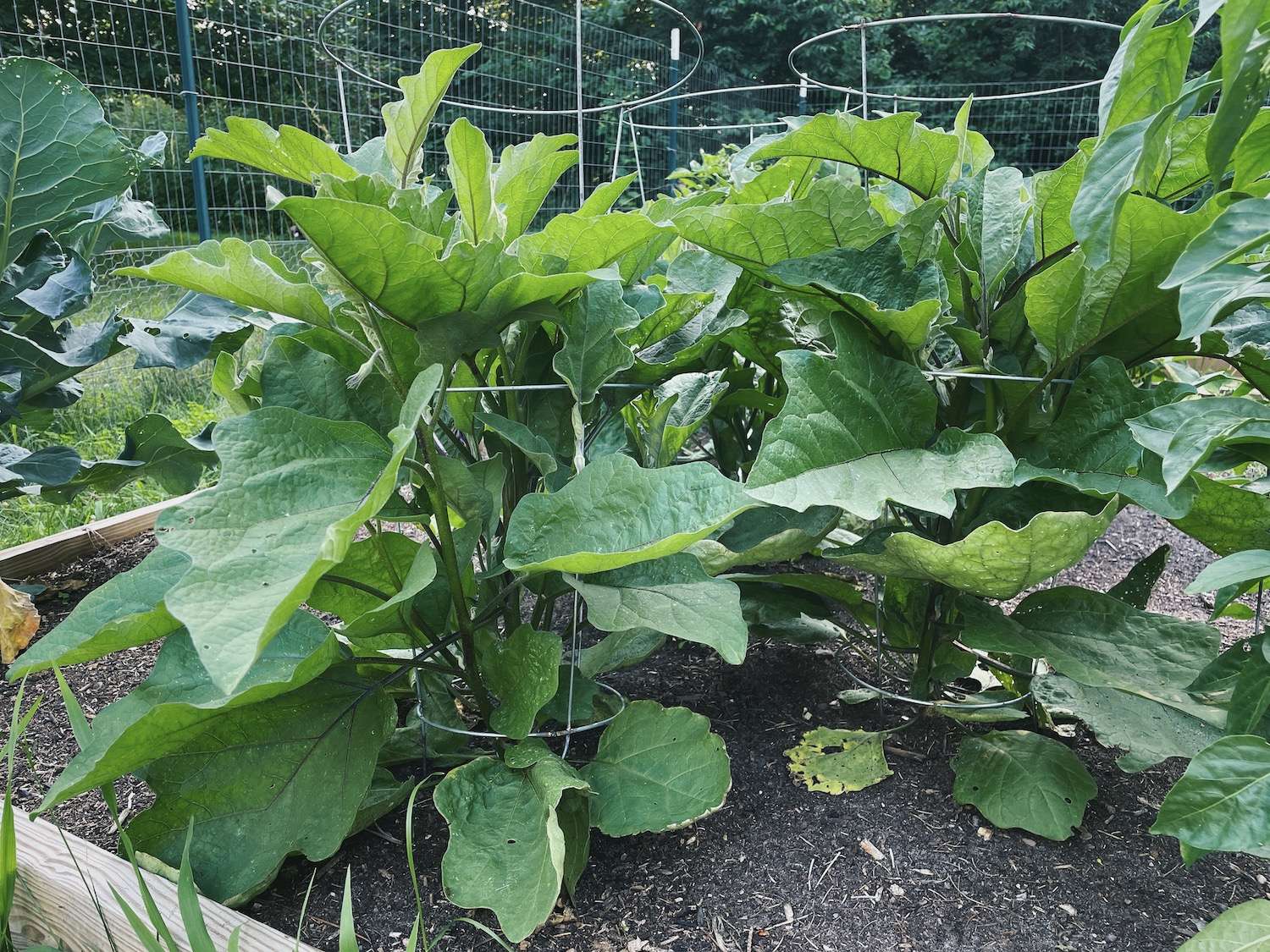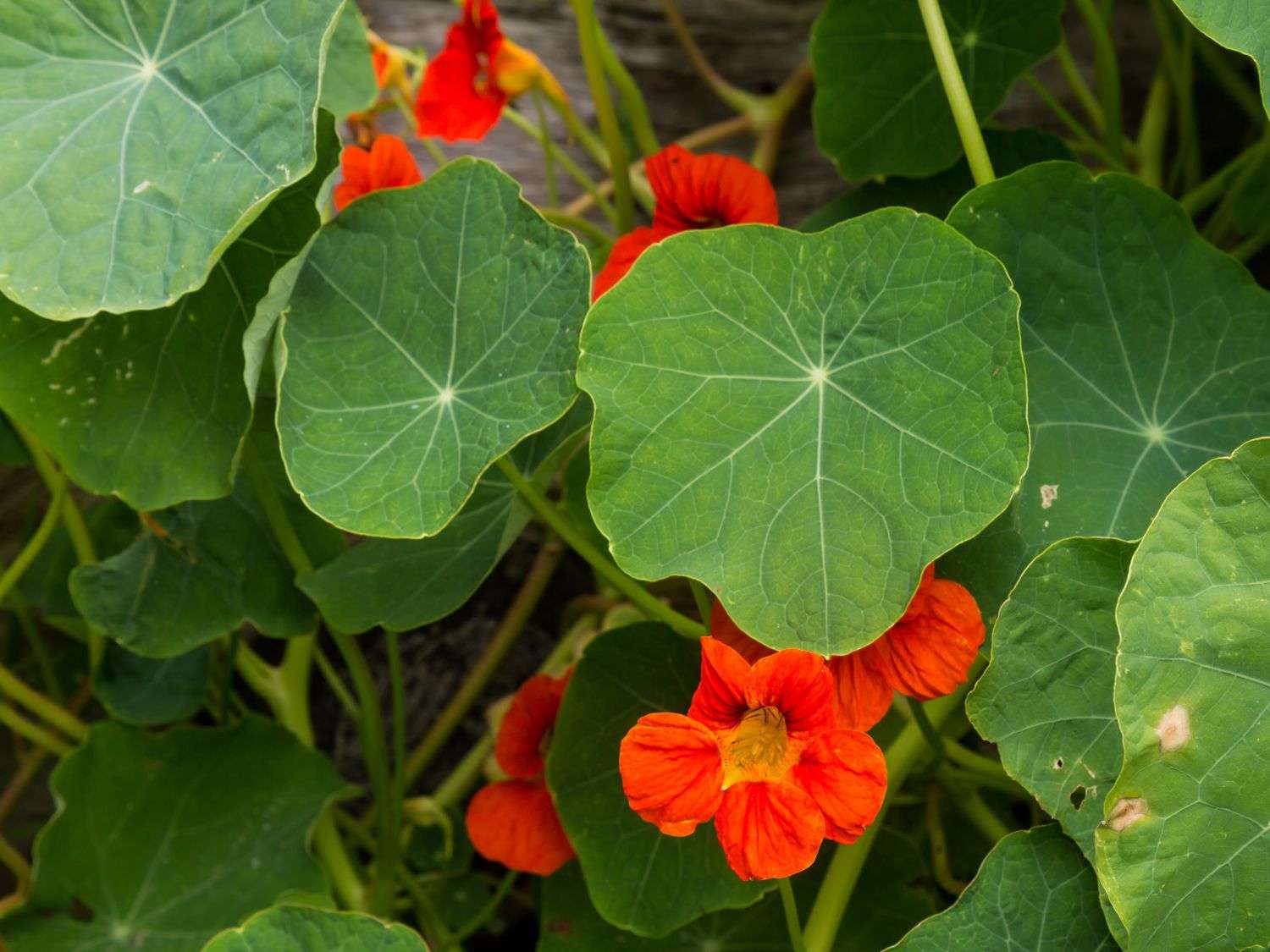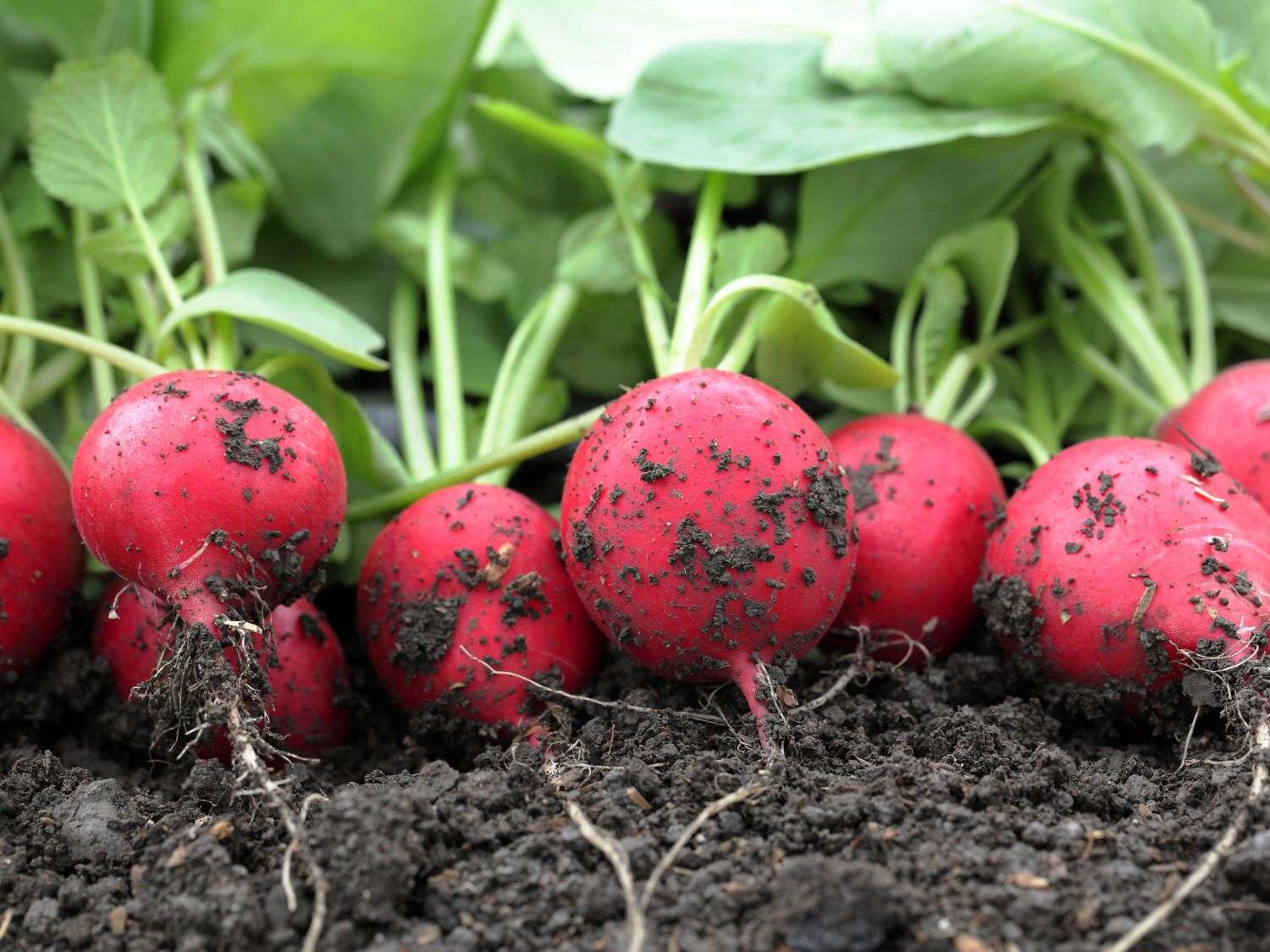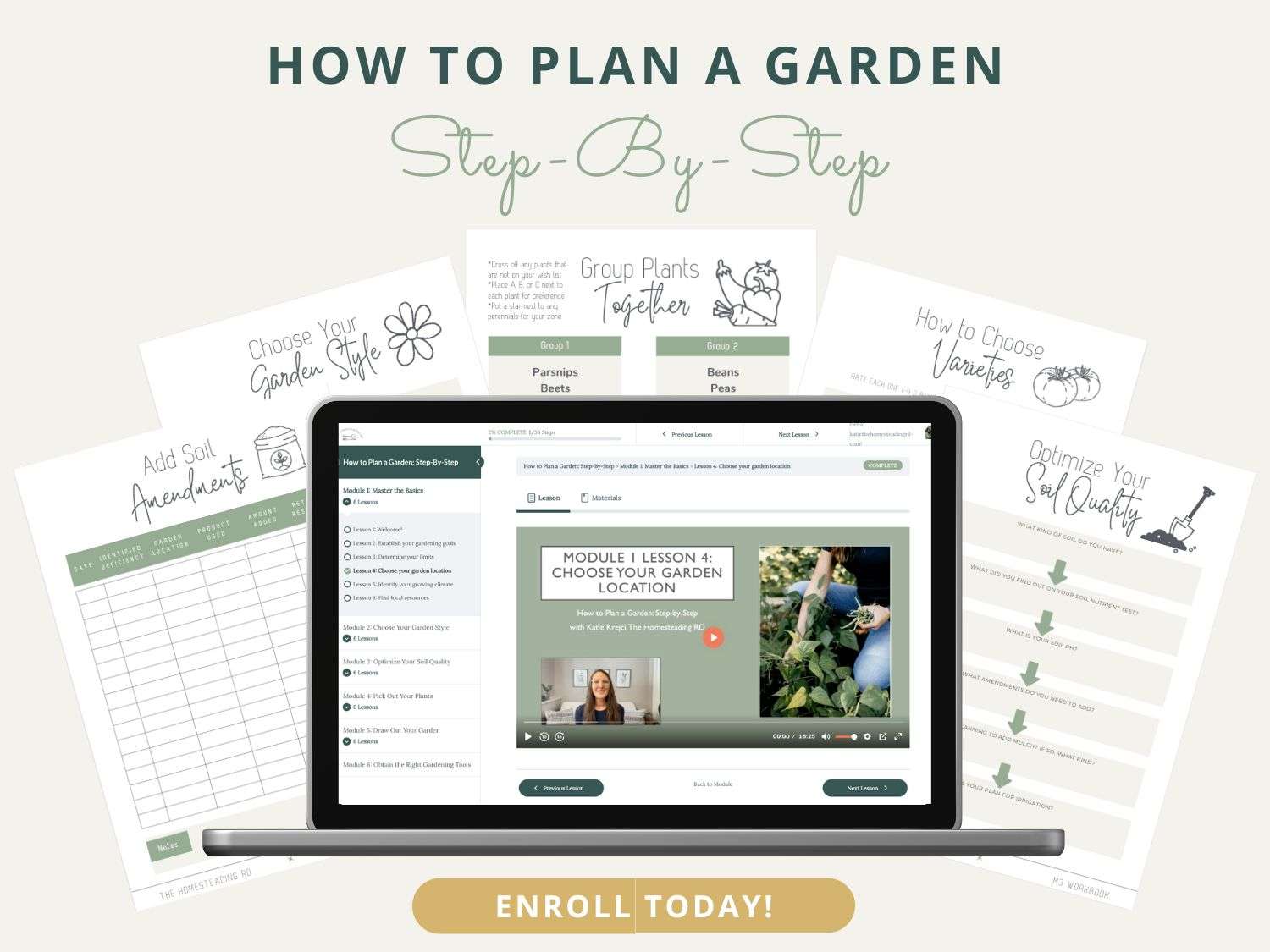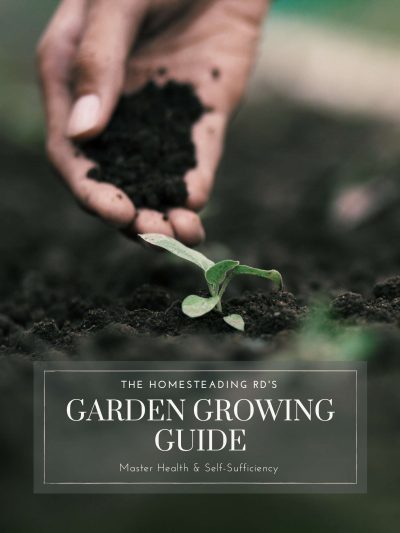Are you wondering what the best (and worst) pumpkin companion plants are? Then you’re in the right place! Using companion planting is an excellent way to save space in the garden all while maximizing the health of your plants.
We’re going to explore the 5 BEST companion plants that pair beautifully with pumpkins, providing numerous benefits like pest control, improved soil fertility, and increased yields. We’ll also discuss 3 plants that are best kept far away from your pumpkin patch.
So grab your gardening gloves and join me as we uncover the secrets of successful pumpkin companion planting!
*Disclosure: This post may contain affiliate links to products (including Amazon). I’ll earn a small commission if you make a purchase through my link, at no additional cost to you! Regardless, I only link to products that I personally use on our homestead or believe in.
What is Companion Planting?
Companion planting is the practice of placing certain plants together that live in harmony and benefit each other. There are a few different mechanisms in place that make improved growth and health a positive outcome.
Benefits of companion planting:
- Create a more diverse and resilient ecosystem
- Repelling pests
- Providing beneficial nutrients
- Improving soil quality
- Attracting beneficial insects
- Attracting pollinators
Companion planting also allows for closer plant spacing, which is great for those with limited garden space. Making the most of every square inch is always a win in my book!
The 5 BEST Pumpkin Companion Plants
Thankfully pumpkins have more garden friends than they do garden foes, but let’s discuss their top 5 garden buddies:
#1: Corn
Have you ever heard of a Three Sisters Garden? This type of planting originates from Native American Tribes. They figured out that squash, corn, and beans grow particularly well together and are excellent companions in the garden.
While corn doesn’t specifically provide a benefit to pumpkins (they provide vertical climbing space for the beans!), pumpkins provide living mulch for the corn. This reduces weed growth and moisture loss. The prickly leaves also deter thieves such as raccoons and squirrels.
*Corn is my favorite companion plant for pumpkins and other types of winter squash! You can see the vines sprawling underneath my rows of corn in the photo below.
#2: Pole Beans
Pole beans are the third player in the Three Sisters Garden method and they play an important part! The beans are nitrogen fixers, meaning that instead of pulling nitrogen out of the soil, they actually replace it! This is exactly what pumpkins and corn need in order to grow strong and thrive. What great teamwork!
*While I’m a big lover of bush beans as well, don’t use them as a companion plant to pumpkins. They are low-growing and will get overrun by the sprawling pumpkin vines.
#3: Eggplant
Eggplant makes an excellent companion plant due to its complementary growth habits. While pumpkins sprawl along the ground, eggplants grow in an upright manner. This allows them to utilize different vertical spaces in the garden without competing for sunlight or crowding each other.
Another advantage is their ability to deter common pests. Eggplants produce a chemical compound called solasodine, which acts as a natural repellent for pests like spider mites, aphids, and flea beetles. Woo hoo!
Lastly, eggplants and pumpkins have different nutrient requirements, reducing competition for soil resources. While pumpkins are heavy feeders, eggplants have lower nutrient demands. This allows for efficient use of the available soil nutrients and prevention of nutrient depletion while allowing both plants to thrive.
#4: Nasturtium
The colorful (and edible!) nasturtiums are a very common companion plant – benefiting most any plant out there! Here’s what they can do for your asparagus patch:
- Attract beneficial pollinators
- Attract beneficial predatory insects
- Can be used as a trap crop to keep the pests off of your other vegetables
- Provides a living mulch to reduce weed pressure and moisture loss
#5: Radish
Radishes can act as a “trap crop” by diverting beetles away from your pumpkin vines and towards the appealing leafy greens of these fast-growing vegetables instead.
Also, radishes have a short growing period of only 3-5 weeks. This allows you to utilize the empty space and harvest the radishes just before the pumpkin vines start to take over.
3 Plants to AVOID Planting Near Pumpkins
Pumpkins have a few enemies in the gardening world, so it’s best to leave these 3 vegetables away from your pumpkin patch.
#1: Potatoes (and other root vegetables)
Potatoes are pumpkins’ biggest enemy, so pay attention to this one! That’s because potatoes are deep root vegetables that can cause significant disruption to the delicate root system of your pumpkin plants.
Not only will the development of tubers be disruptive, but so will the process of hilling the potato plants and then digging them out at harvest time. It’s best to leave potatoes in their own designated area.
#2: Brassicas
This group of vegetables includes things like broccoli, cabbage, kale, and brussels sprouts. Brassicas have high nutrient demands and can rob your pumpkins, which will impact their growth.
Lastly, pumpkins are vigorous growers with sprawling vines that tend to overshadow smaller brassica plants. This can result in stunted growth and reduced productivity for the brassicas.
*You might wonder why radishes are on the top 5 list for companion plants because they are in the Brassica family! These little guys are tiny (low nutrient needs) and are harvested in just 3-5 weeks, so they won’t cause any harm.
#3: Other Cucurbits
There are two main reasons why you may not want to plant other cucurbits (cucumbers, melon,s or squash) next to your pumpkins. First, these plants share similar vulnerabilities, making them susceptible to the same pests and diseases.
Second, cross-pollination can occur resulting in wonky cross-breeding between different varieties. However, this is only a concern if you plan to collect the seeds and plant them the following year.
Other Gardening Articles You’ll Love:
- 5 Best Eggplant Companion Plants (and 3 to AVOID!)
- 5 Best Asparagus Companion Plants (and 3 to AVOID!)
- 5 Best Dill Companion Plants (and 2 to AVOID!)
- Rhubarb Companion Plants: Friend or Foe?
Final Thoughts
Companion planting is a wonderful tool to create harmonious and beneficial relationships between plants, optimizing their growth and overall well-being.
By incorporating the 5 recommended companion plants, you can enhance your pumpkin patch with natural pest control, improved soil fertility, and increased yields. Avoiding the 3 plant adversaries is equally important to ensure your pumpkin’s success.
With these tips in mind, I hope your garden flourishes and your pumpkin harvest will be bountiful this season. Happy gardening!
*Are you interested in starting a garden, but you’re overwhelmed with where to start? Or maybe you’ve tried a garden in the past, but it flopped? Definitely check out my course How to Plan a Garden: Step-By-Step! Don’t forget my discount code “GARDEN” for 10% off!
*Information in this article was referenced from personal experience and/or from my favorite gardening book: The Vegetable Gardener’s Bible, unless otherwise noted.
The Homesteading RD's Product Picks: | |
This is THE gardening book to have! I've had my copy for over 10 years and it's the one that I keep going back to time after time. It provides design ideas for raised beds, compost bins, you name it! Plus helpful tables for pH ranges, companion plants and more. | |

